
Music is a mix of melody, rhythm, and harmony, but there is an element that instantly grabs our attention and sets our feet tapping: the guitar riff. A short, catchy part played on the guitar, known as the riff, can define a song and leave a lasting impression. We’ve compiled a list of the 15 most incredible guitar riffs that have left an undeniable mark on music history.
“Sweet Child o’ Mine” By Guns N’ Roses’
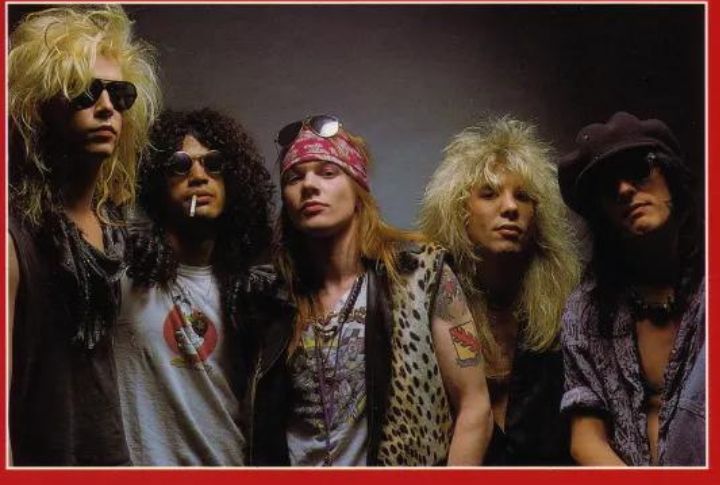
Guns N’ Roses’ “Sweet Child o’ Mine” wouldn’t be the anthem it is without its instantly recognizable opening riff. Guitarist Slash crafted this scorching melody, a masterpiece using simple techniques. Although it uses only a handful of notes and techniques, its combination creates a powerful and memorable melody.
“Purple Rain” By Prince
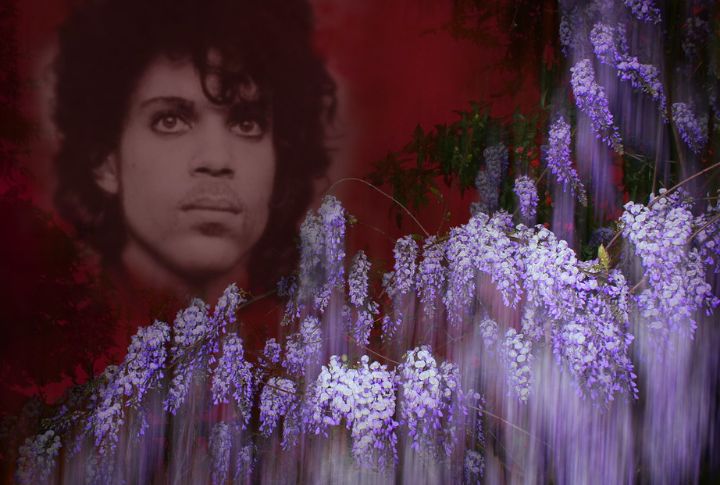
Played on a creamy-toned electric guitar, it blends bluesy bends with a touch of wah-wah, absolutely mirroring the song’s emotional intensity. Unlike some static riffs, Prince’s creation in “Purple Rain” breathes and evolves throughout the song. He repeats the core melody several times but with subtle phrasing variations, keeping the listener engaged.
“Sultan of Swings” By Dire Straits
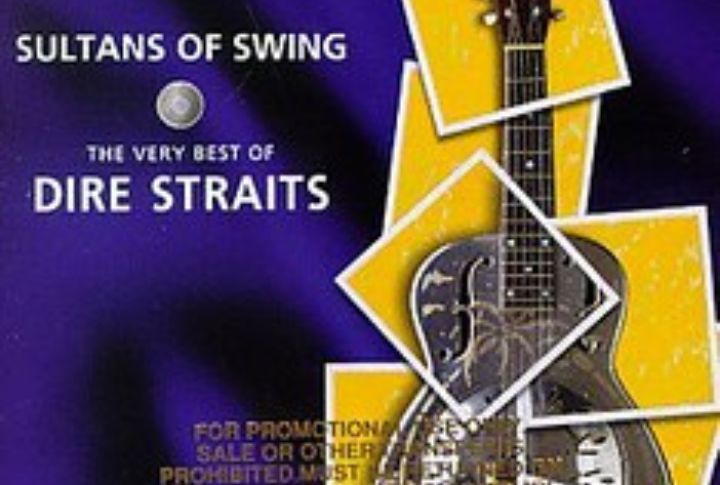
It doesn’t feature a typical guitar riff but rather a showcase for Mark Knopfler’s incredible fingerpicking skills. The melody he constructed is anything but ordinary. Since it features a complex rhythm, the melody remains catchy despite its intricacy, proving that a great riff can be both intellectually stimulating and fun to move to.
“(I Can’t Get No) Satisfaction By The Rolling Stones

In 1965, The Rolling Stones released “(I Can’t Get No) Satisfaction,” a song whose driving riff flawlessly captured the youthful rebellion and frustration of the mid-60s. Built on a simple five-note pattern, it uses the same notes but alters rhythm to create a catchy hook. Such repetition drills the melody into your head, making it instantly recognizable.
“Whole Lotta Love” By Led Zeppelin

Heavy distortion, feedback, and power chords create a thick, menacing sound. “Whole Lotta Love” is a sonic sledgehammer that redefined hard rock. However, it wasn’t just about aggression; Page’s use of chromatic notes adds a touch of dissonance.
“You Really Got Me” By The Kinks
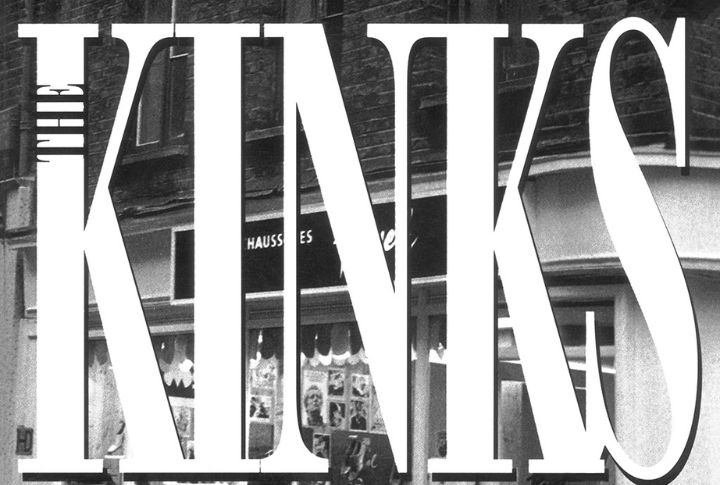
While tinkering on his piano at home, Ray Davies stumbled upon the song’s arrangement. Meanwhile, his brother Dave crafted the song’s now-iconic riff – a distorted, menacing chug. Legend has it that Dave achieved this sound by ripping the speaker cone on his amp!
“Jump” By Van Halen

Forget traditional riffs; Eddie Van Halen’s opening flurry of notes in “Jump” redefined the possibilities of the electric guitar. His dazzling technique explodes with rapid picking, tapping, and harmonic squeals. Van Halen pushed the boundaries of what a guitar could do, inspiring a generation of shredders.
“Black In Black” By AC/DC
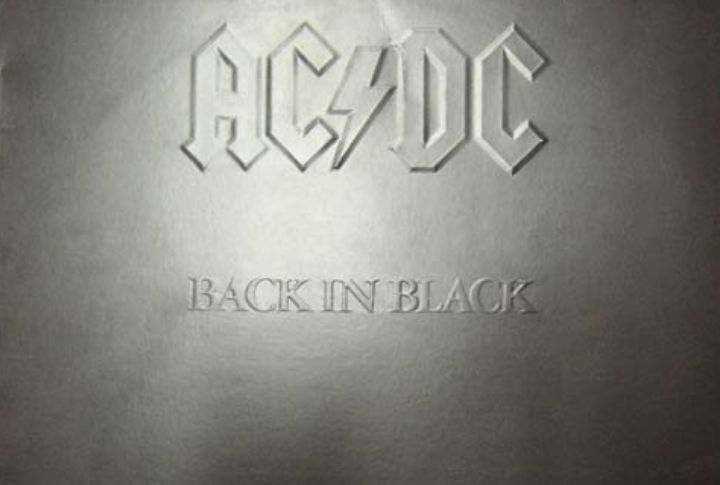
Through this piece, AC/DC paid a powerful tribute to their late frontman, Bon Scott. After Scott’s passing, Brian Johnson stepped into the vocalist role. The song’s legendary riff transpired during the “Highway to Hell” tour, a period of reflection for the band. Funky and strutting, the riff’s timeless energy completely captures the band’s enduring spirit.
“Free Fallin” By Tom Petty

Despite its seemingly carefree title, “Free Fallin'” is a song tinged with melancholic beauty. Petty’s vocals, delivered in a raspy yet soulful voice, grasp the bittersweet emotions of the lyrics. From its opening melancholic chords to its laid-back groove, the piece blends rock and southern influences.
“Rumble” By Link Wray
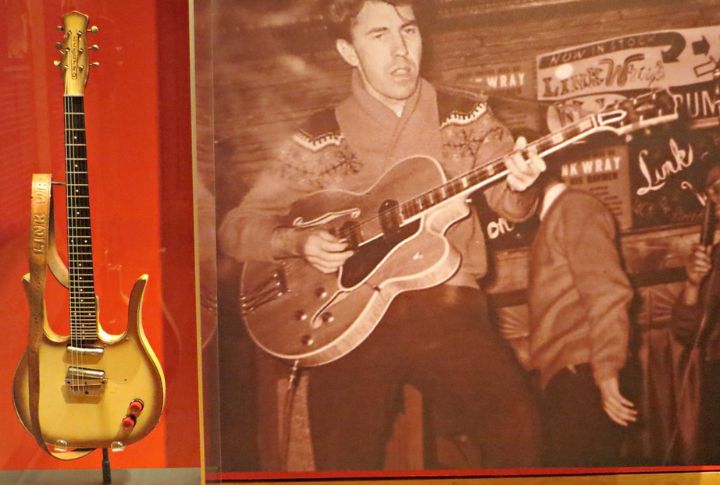
A trailblazer for surf rock and a significant influence on heavy metal, this composition features amazing power chords throughout the instrumental track. Wray’s experimentation with guitar sounds led to the creation of this raw and gritty track. Interestingly, “Rumble” became a cult classic despite being banned by some radio stations for its perceived rebelliousness.
“Seven Nation Army” By The White Stripes
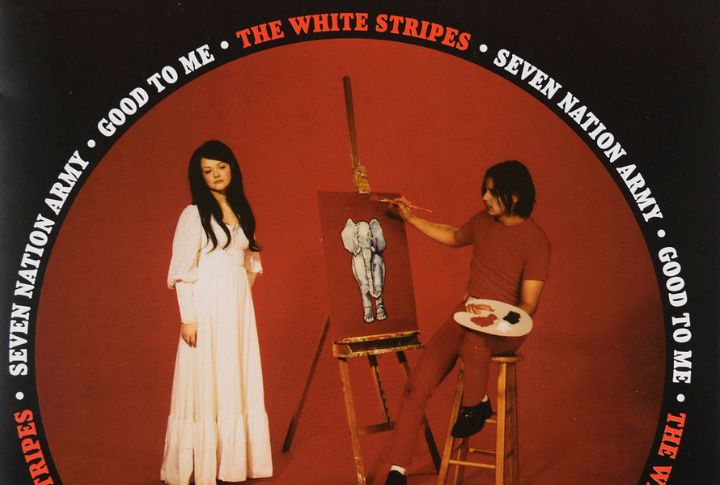
Jack White took minimalism to the extreme with this composition, using just one octave on the guitar. Notably, the open-string drone on the E string adds a hypnotic quality that pulls listeners in, while the power chords on the higher strings deliver a punchy counterpoint.
“Boogie Chillen” By John Lee Hooker
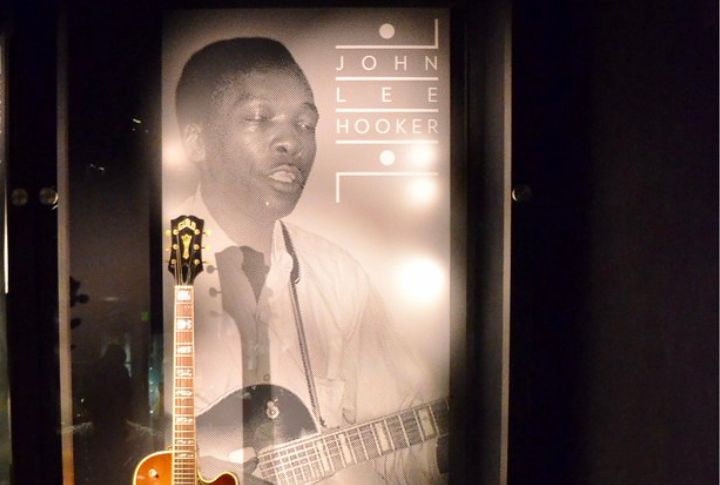
Blues legend John Lee Hooker wasn’t just the mastermind behind the iconic “Boom Boom” riff. Thirteen years earlier, in 1948, he launched the electrifying guitar riff on “Boogie Chillen.” Hooker himself described its creation as a simple moment of inspiration in Detroit, strumming his guitar and channeling a beat he learned from his stepfather years before.
“Smoke On The Water” By Deep Purple

Instantly recognizable by any rock fan, this melody was born during a jam session in Switzerland while the band recorded their album “Machine Head.” According to Blackmore, they were in a Montreux ballroom when the police showed up—not exactly fans of their volume! They locked the door to keep recording, leaving the frustrated police hammering outside during the final take.
“This Charming Man” By The Smiths
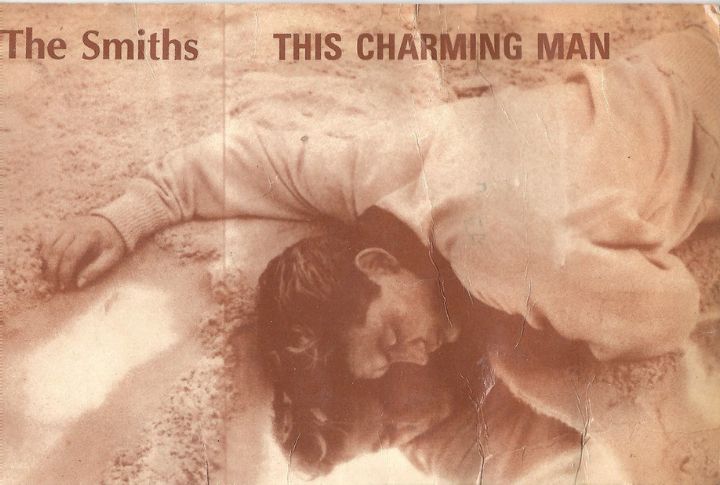
Fans might debate about John Marr’s best riff, but “This Charming Man” gets our vote. Marr wrote this instantly recognizable opening line for a BBC radio session with John Peel. His fluid and infectious playing perfectly complements the somber mood set by Morrissey’s lyrics and vocals.
“Good Times” By Chic
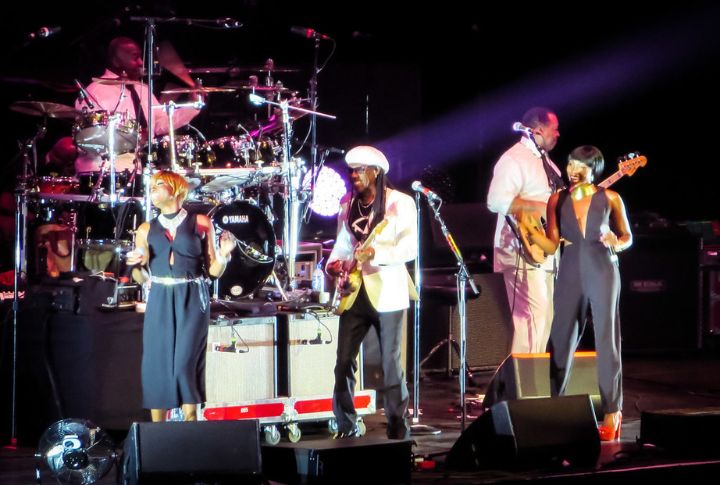
Nile Rodgers isn’t just a collaborator on Daft Punk’s “Get Lucky” – he’s a funk riff legend! Years before that mega-hit, Rodgers was crafting irresistibly catchy grooves for Chic. Take “Good Times” – it might seem simple, but those signature “stutters” in the guitar riff make the song infectious and full of life. They’re the secret sauce that keeps you moving to the beat.


Comments
Loading…